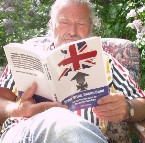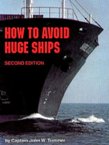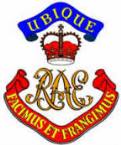Jorge_Stanbury
Posts: 4320
Joined: 2/29/2012
From: Toronto and Lima
Status: offline

|
quote:
ORIGINAL: BBfanboy
quote:
ORIGINAL: RangerJoe
quote:
ORIGINAL: Macclan5
The P39 / P400 has to be one of the most enigmatic planes - perhaps the most - ever.
I consider myself fairly well read in historic matters, especially WW2.
I was very much guided by general consensus of all that I have read. The P39 is proof of concept in bad design. You cannot build a plane around the weapon ( the 37MM cannon ) and hope it will turn out. It was only ever useful for the Russians as ground attack and largely at that because they need the airframes.
--
This game - more importantly the forum members - have opened my eyes with very interesting factual details that contradict a lot of conventional wisdom.
Having reevaluated my opinions - I do not think one can classify it as a "great plane". It never was that. Certainly not given the direct comparison to its peers - F4F - F6F and even early Corsairs.
But it was probably more competent - especially in the right role with the right tactics - that consensus historical narratives give it credit for.
You can build a plane around a weapon, just look at the A-10.
The plane was around a few years before the F6F and the F4U were even on the drawing boards.
The Soviets used them as fighters and liked them. They also fought at lower levels.
Removing the 37mm gun would make them much lighter and more maneuverable if the plane could be kept in aerodynamic balance after such a drastic change in weight. I am wondering if the P-400s with the 20mm cannons were the ones the Russians used as fighters and if they kept the P-39 for ground attack role only?
Against Japanese aircraft, the P-39s advantages were firepower and relatively rugged construction. Against the fragile Japanese fighters I think their best tactic was to go head to head with it and hope to flame it before it got behind them.
The Russians use them multipurpose, no distinction between British 20mm vs 37mm; other than early vs late versions, with early versions depleted by the time of new arrived
and they had vastly superior tactical bombers like Il-2, so no need to use them exclusively on that role
"Drawing conclusions, it can be said that the debut of the Airacobra in the Soviet VVS was singularly successful. In skilled hands it was a powerful weapon, fully on a par with the enemy equipment. There was no “special” operational environment for the Airacobras-they were employed as normal multi-purpose fighters that fulfilled the same roles as Lavochkins and Yakovlevs: they contested with fighters, escorted bombers, flew on reconnaissance, and protected our ground forces. They differed from Soviet-produced fighters in having a more powerful armament, survivability, and a good radio, and fell behind our fighters in vertical maneuverability, capability to withstand excessive G-forces, and to execute acute maneuvers."
_____________________________
|
 Printable Version
Printable Version

















 New Messages
New Messages No New Messages
No New Messages Hot Topic w/ New Messages
Hot Topic w/ New Messages Hot Topic w/o New Messages
Hot Topic w/o New Messages Locked w/ New Messages
Locked w/ New Messages Locked w/o New Messages
Locked w/o New Messages Post New Thread
Post New Thread